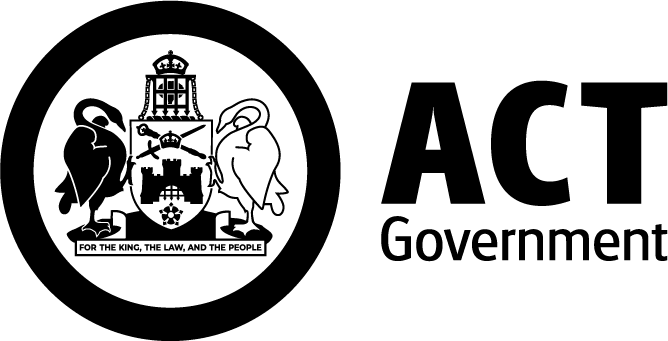Seizure of a dog
Dogs may be seized and impounded by Domestic Animal Services as part of an investigation. This is done under the Domestic Animals Act 2000 and Animal Welfare Act 1992 in order to protect animal welfare, community safety, animal nuisance, or for non-compliance with registration, microchipping, and desexing requirements.
Once a dog is seized, a seizure notice will be issued to the keeper or carer of the dog. The notice includes the reason and requires confirmation that the dog will be claimed or surrendered to Domestic Animal Services.
The decision to seize a dog is outlined in the Domestic Animals Act 2000. In some circumstances, such as dog attacks, Domestic Animal Services must seize a dog. In less serious circumstances, decisions are made on a case-by-case basis. Factors taken into account include:
- whether a dog was involved in a dog attack or has harassed another animal or person
- whether the owner meets registration, microchipping and desexing requirements
- whether the dog has prior history of attacking, harassing or menacing behaviour
- whether the dog has been properly secured at its premises.
Investigations
Domestic Animal Services conducts investigations which are impartial and unbiased.
The purpose of the investigation is to:
- achieve natural justice
- mitigate potential risk to public safety
- obtain evidence to determine if an offence has been committed.
All circumstances surrounding the incident are considered including those leading up to the event.
Each of the involved parties may be required to provide an account of the incident. This may include the complainant, victims, witnesses and the dog keeper or carer. Medical reports, expert behaviour assessments, and photographic/video evidence may also be obtained as part of the investigation process.
This evidence assists in determining if an offence under the relevant Act has been committed.
Once the necessary evidence has been collected, an investigation reportis provided to the Deputy Registrar who decides on the appropriate regulatory action.
The dog owner may request to visit the impounded dog during the investigation. Approval may be granted depending on the behaviour of the dog, risk to staff, cooperation of the owner and staff resourcing.
The length of an investigation varies depending on the complexity of the case, availability of evidence, and cooperation of impacted parties. A seized dog may be impounded at Domestic Animal Services for up to 28 days. The owner of the dog will be notified in writing if the investigation will exceed 28 days.
Outcomes
There are a range of possible outcomes which depend on the type of offence and severity. Domestic Animal Services use their discretionary powers when considering a penalty. Penalties may include:
- warning notice
- infringement penalty notice
- dog may be released on a control order (conditions are applied depending on the type of incident)
- dog may be released as a declared dangerous dog, dependent on the owner successfully obtaining a dangerous dog licence
- euthanasia of the dog
- rehoming of the dog if the owner is unfit to properly care for it.
If criminal offences are identified the matter may be referred to the Director of Public Prosecutions for potential prosecution in the ACT Magistrates Court.
A person who has suffered injury or other loss because of a dog attack or harassment may request information about the dog owner. This information will be made provided to the victim following the investigation.
The complainant and dog owner are advised in writing once a decision is final.
Appealing a decision
The victim or complainant may choose to appeal a decision made by Domestic Animal Services.
In most cases, decisions are reviewable through the ACT Civil and Administrative Tribunal (ACAT). The keeper of a dog, a victim or any other affected person can make an application to ACAT for a review of a decision within 28 days. For more information visit the ACAT website or phone (02) 6207 1740.
